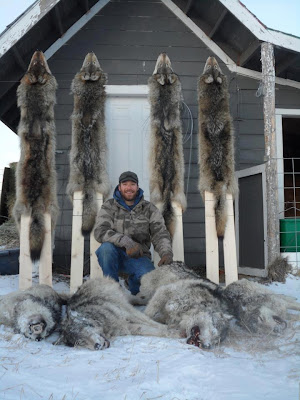

Americans preferred chimps and monkeys to dogs, and had their own sacrifices to progress. Between 19, the Russians had launched more than 50 dogs on suborbital flights. Laika wasn’t the first dog in space, either. In 1968 the first animals to fly around the Moon were a pair of tortoises in a Russian Zond capsule. The first living creatures to be lofted into space were fruit flies launched on a V-2 rocket from White Sands in 1947. Animals have been our pathfinders ever since.

Use of animals as stand-ins for humans on experimental flights dates all the way back to 1783, when the Montgolfier brothers sent a sheep, a duck, and a rooster aloft in one of their first balloon flights. Caswell begins with a history of the use of animals as human surrogates in aviation and spaceflight, moves on to Laika’s selection and training, then to her flight, and concludes with his meditation on what it all means. There’s something here for readers with a wide range of interests, from space history buffs to humanities majors. Still, he does a very good job of covering the early history of the space race and giving appropriately basic details of the technical aspects of rocketry and orbital mechanics that bear on this story, while talking about the things he’s more used to talking about. It won’t take the reader long to figure out that he’s more interested in Laika and her relationship with her masters that he is with the nuts and bolts of spaceflight. His prior writing has been about nature and humanity’s relationship with it. Kurt Caswell, in contrast, comes to our story as an outsider. But it’s worth reading anyway, because it offers a perspective most space history books can’t offer.Īlmost all the books about space are written by people interested in space. This central fact makes this book, good and faithful history as it is, not a happy read. Her fate was sealed from the moment her rocket left the launch pad. Her “mission” was hastily conceived and executed, with Cold War propaganda more in mind than science, and her life support capsule had no heat shield or parachute to make a safe return possible. When they launched her into space in Sputnik 2, Laika’s Soviet masters knew she wasn’t going to survive the trip.

The story of the first living creature to orbit the Earth is a tragic one. Title: Laika’s Window: The Legacy of a Soviet Space Dog


 0 kommentar(er)
0 kommentar(er)
